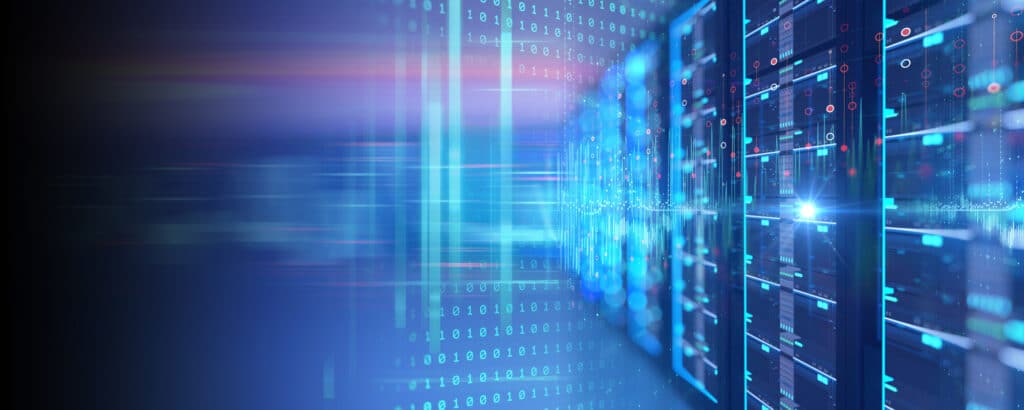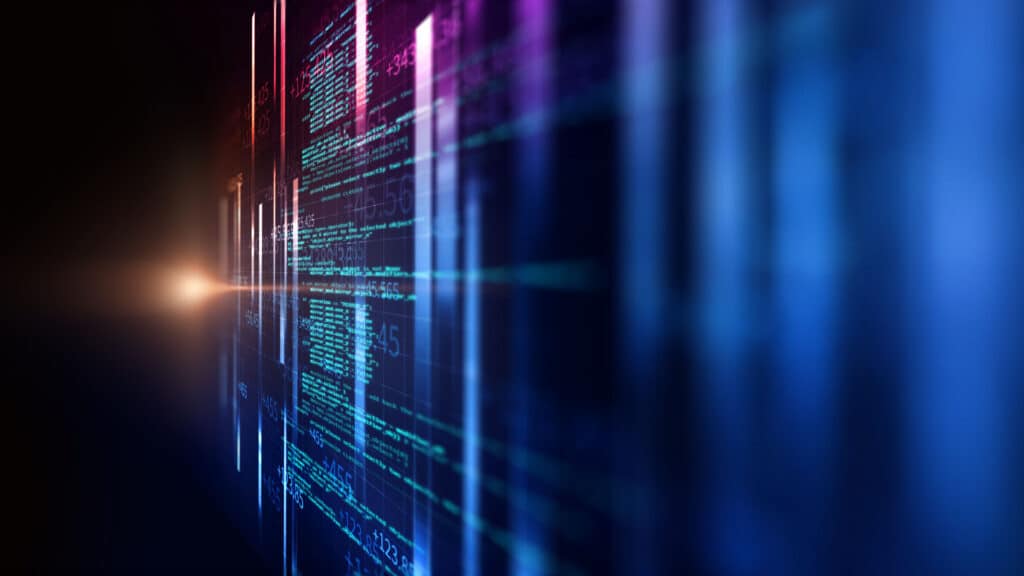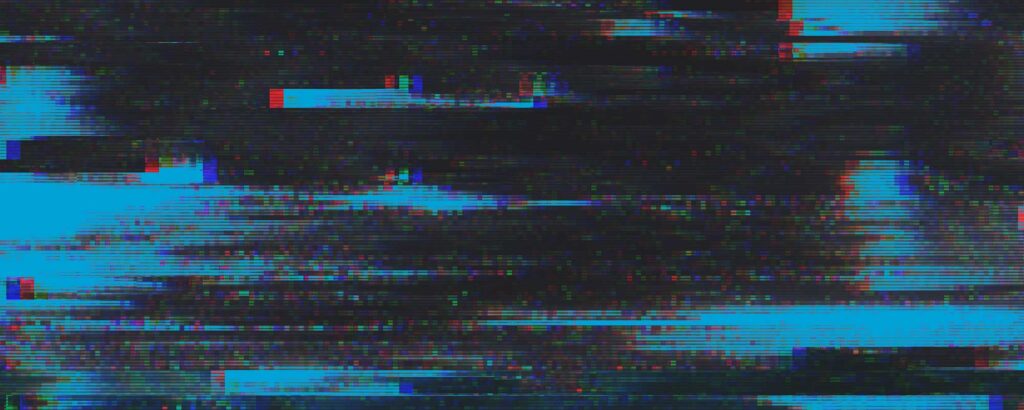
2018 is already shaping up to be an exciting year for medical technology. PricewaterhouseCoopers’ Top Health Issues of 2018 report points to a number of ways digital medicine will be at the forefront of health care transformation in the new year. PwC points out that while previous technology has been used to make hospital administration more efficient, the focus in the future will be on improving patient experiences.

Researchers’ 2018 health care technology predictions include greater access to patient information and better transmission of data, both of which will improve patient outcomes.
Here’s a closer look at 5 trends health care providers should look out for in 2018:
1) Regulatory and Compliance Changes
In 2017, the Food and Drug Administration (FDA) loosened restrictions on health care technology as part of its digital innovation initiative. One innovation it has approved is the digital pill, which determines whether medication is being taken as prescribed.
While the FDA is reducing regulations, the Federal Communications Commission (FCC) is strengthening them. The FCC’s repeal of net neutrality rules will give large telecom providers more control over access to the internet. This increased control may result in higher costs for transmitting and storing electronic health records (EHRs). Doctors and patients may find it more difficult to quickly and freely exchange health care information.
2) Patient-generated Data
Wearable medical devices are gaining traction as a means of gathering patient data. Global Industry Analysts predicted that the global wearable medical device market will grow to $4.5 billion by 2020, with the U.S. leading the market. The wearable market is driven by its ability to help medical professionals manage chronic diseases and raise health care awareness.
Sensors in wearable devices empower patients to track their own biometric data, such as heart rate, blood sugar, and blood pressure. Devices can even be used to track mental health conditions, such as depression. Developments in sensor technology have led these devices to be more accurate and efficient than ever before.
3) Mobile Health Care
Wearable devices are only one aspect of mobile health care. Telemedicine is a growing segment of health care technology. Crystal Market Research forecasted that the video telemedicine market will reach $3 billion by 2025.
Telemedicine uses telecommunications networks to enable patients in remote areas to communicate with doctors. Geriatric patients with limited mobility can also access doctors more easily. Video conferencing allows doctors to consult with patients face to face. Doctors can use the video feed to examine visible symptoms for a more accurate diagnosis. All this convenience and accessibility requires fast and reliable connectivity with low latency.
4) Big Data Analytics
The increasing use of wearables and other mobile medical devices means the amount of medical data being generated is also increasing. As this data enters EHRs, it can be analyzed and used to make more informed decisions about patient care.
The internet of things (IoT) is another source of data that can be used to make health care more efficient. Sensors can track medical personnel and equipment in real time so they can be located quickly and easily when needed.
Data analytics are also increasing in complexity. IBM Watson has shown how cognitive computing can be used to process an ocean of medical data to help find better ways to fight cancer. Cognitive computing can also be used to personalize health care and find subjects for medical trials.
5) Patient Access Solutions
Referral MD’s Healthcare Technology Review: 2017 discovered that, even with the widespread use of EHRs, many health care providers still use paper records, allowing patient referrals to fall through the cracks. Missing information, problems transmitting information, and difficulty contacting patients meant only 54% of referrals resulted in appointments.
Patient access platforms solve this problem by making it easy for patients to set up appointments. Patients can access referrals remotely and schedule appointments through a portal. They can receive reminders through their mobile device so they don’t miss their appointments.
Staying on Trend
Keeping up with the evolution of medical technology requires that health care providers reliably and securely collect, transmit, and store patient data. Advancements in telemedicine demand that health care organizations use high-speed telecommunication networks so patients, doctors, and other members of a health care team can communicate in real time.
As the leader in fiber optic networks in the Northeast, FirstLight can help hospitals and medical centers reach their technology goals. FirstLight has a long track record of successfully working with health care organizations, so we understand the technology and compliance requirements of the industry. FirstLight can work with your organization to implement the data center, cloud, and telecommunications solutions necessary for you to take advantage of the latest technology trends.
Start the new year off on the right foot. Reach out to FirstLight. Find out more about our health care solutions, and download our “Definitive Buying Guide to Network Services for Healthcare Organizations.”





















